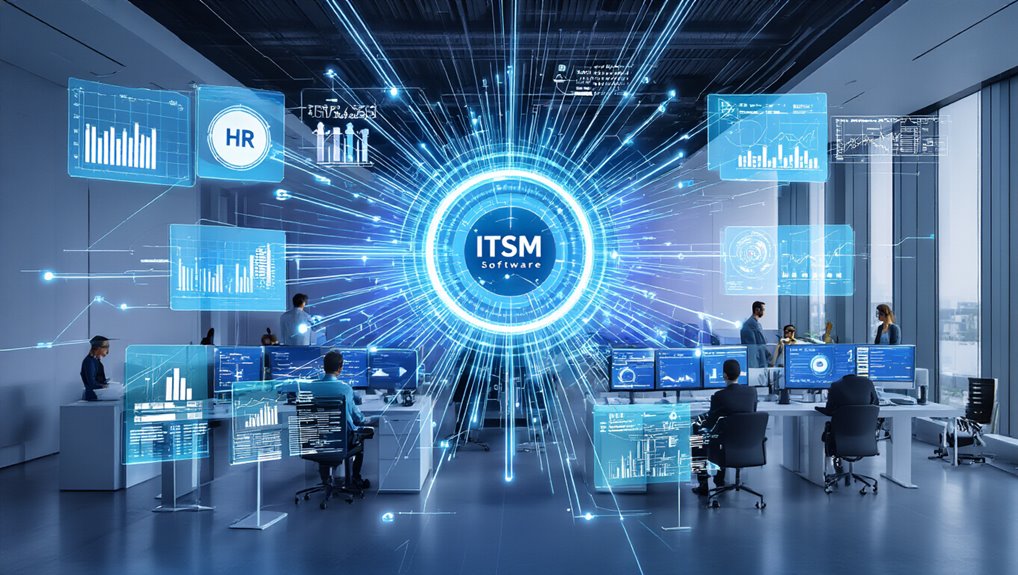As organizations continue to navigate the complexities of modern digital environments, IT Service Management (ITSM) software has emerged as a critical component of business infrastructure. With the global ITSM market valued at $11.91 billion in 2024 and projected to reach $36.78 billion by 2032, growing at a CAGR of 15.3%, businesses without proper ITSM solutions risk falling behind competitors who leverage these tools effectively.
The adoption of ITSM software delivers tangible benefits that directly impact operational efficiency. You can align IT services with business objectives, streamline workflows, and break down departmental silos that hamper productivity. Leading vendors like ServiceNow, which commands 44.4% of the market share, offer extensive solutions that enable better incident management and reduce costly downtime. The integration of AIOps into ITSM is providing significant benefits by automating repetitive tasks and enhancing operational productivity. Companies implementing AI-driven ITSM can reduce system downtime by up to 30%, significantly improving organizational productivity.
Cloud-based ITSM solutions now dominate the market, reflecting a significant shift away from traditional on-premises deployments. This change is driven by:
- Enhanced flexibility and scalability
- Reduced infrastructure costs
- Support for remote and hybrid work models
- Improved accessibility across devices
The expansion of ITSM principles beyond IT departments represents another key trend. Enterprise Service Management (ESM) extends ITSM capabilities to HR, finance, facilities, and customer service departments. This market segment is projected to reach $12.8 billion by 2025, growing at 18-20% annually.
While large enterprises currently dominate ITSM spending, adoption among SMEs is rising rapidly. Regional market dynamics reveal that North America leads in ITSM adoption while Asia-Pacific shows the fastest growth potential for new implementations. Both business segments recognize that proper IT service management supports compliance requirements, enhances reporting capabilities, and facilitates scaling operations as business needs evolve.
Organizations hesitant to implement ITSM solutions often cite concerns about market saturation, price competition, and integration challenges. However, these short-term considerations must be weighed against long-term competitive disadvantages.
With the top 10 vendors accounting for 83.3% of the global market in 2024, businesses have access to mature, proven solutions that can be tailored to their specific needs and budget constraints.









